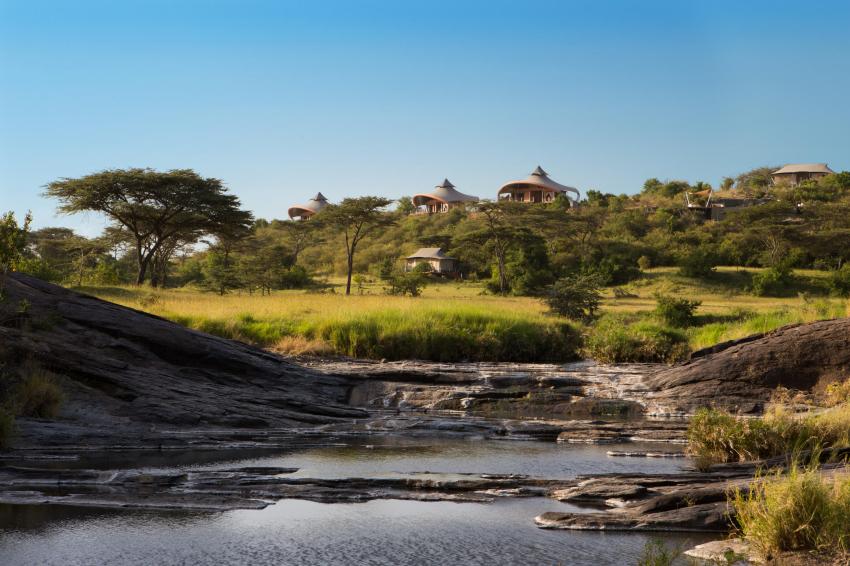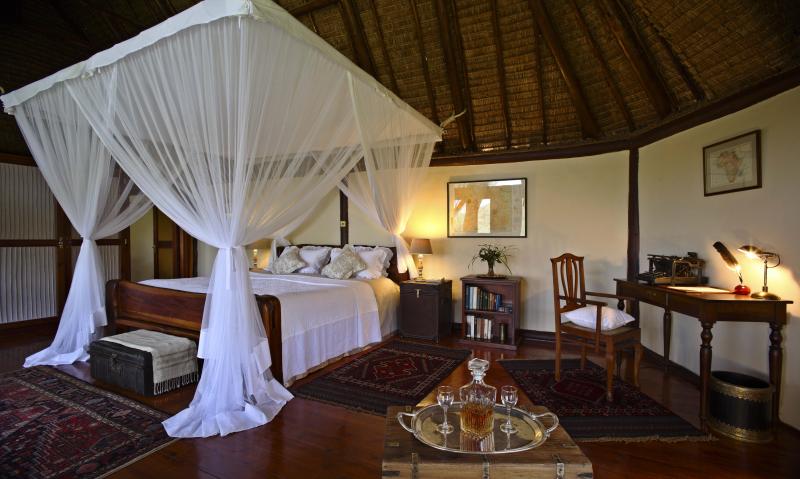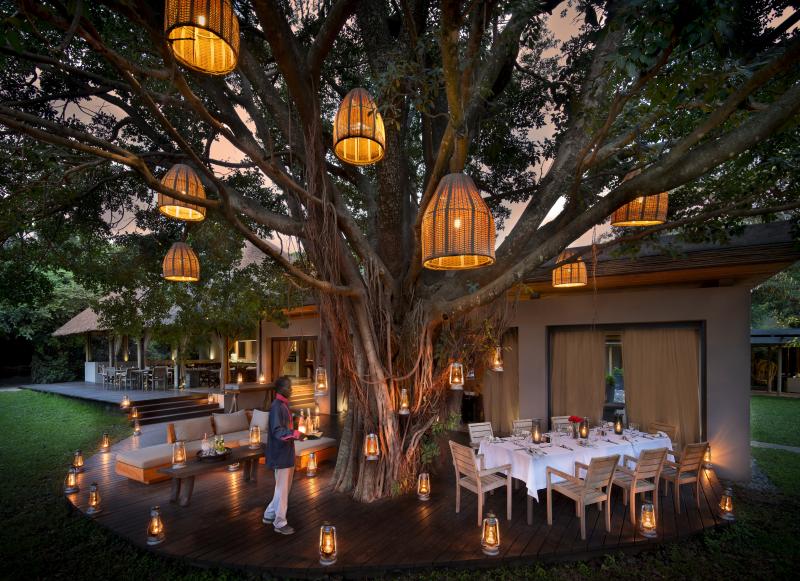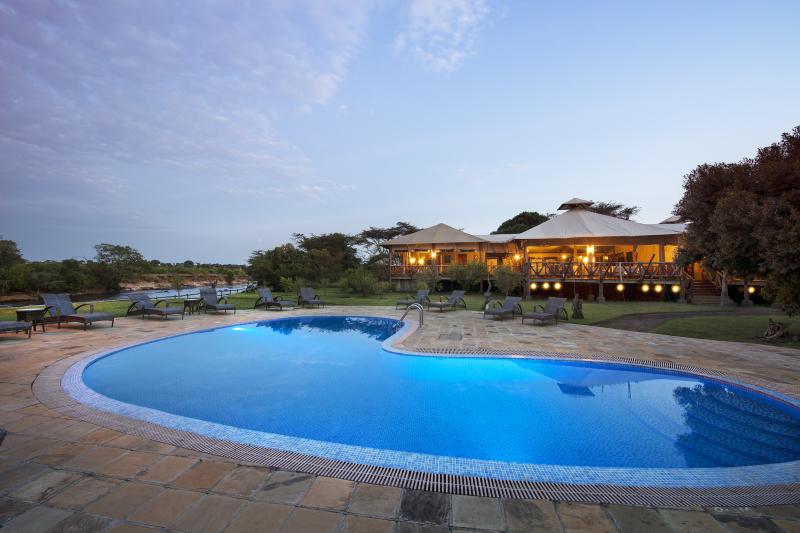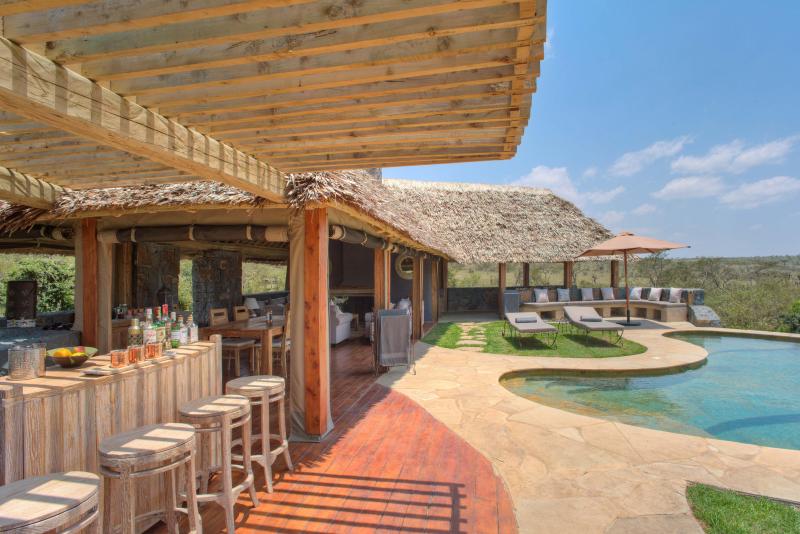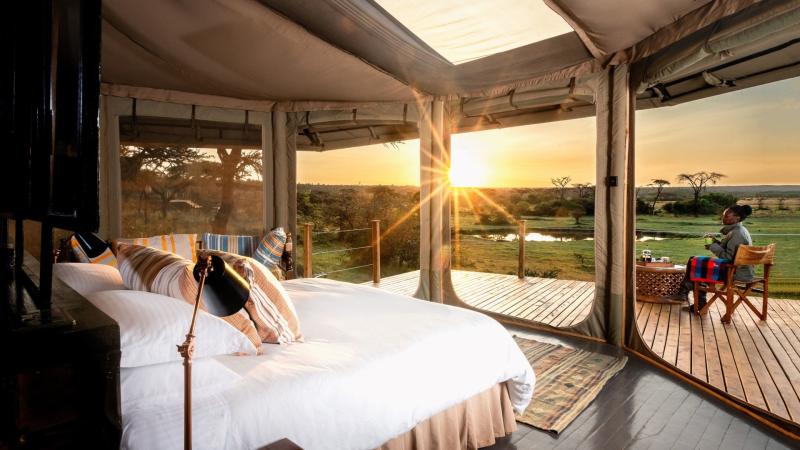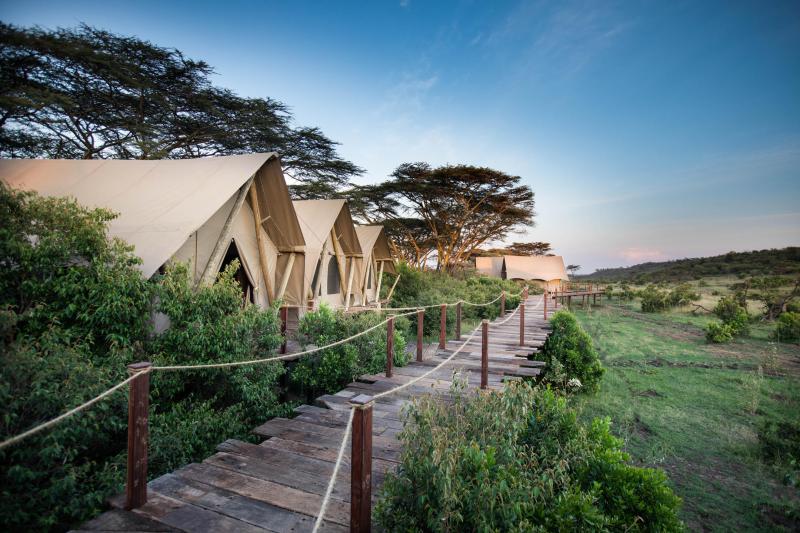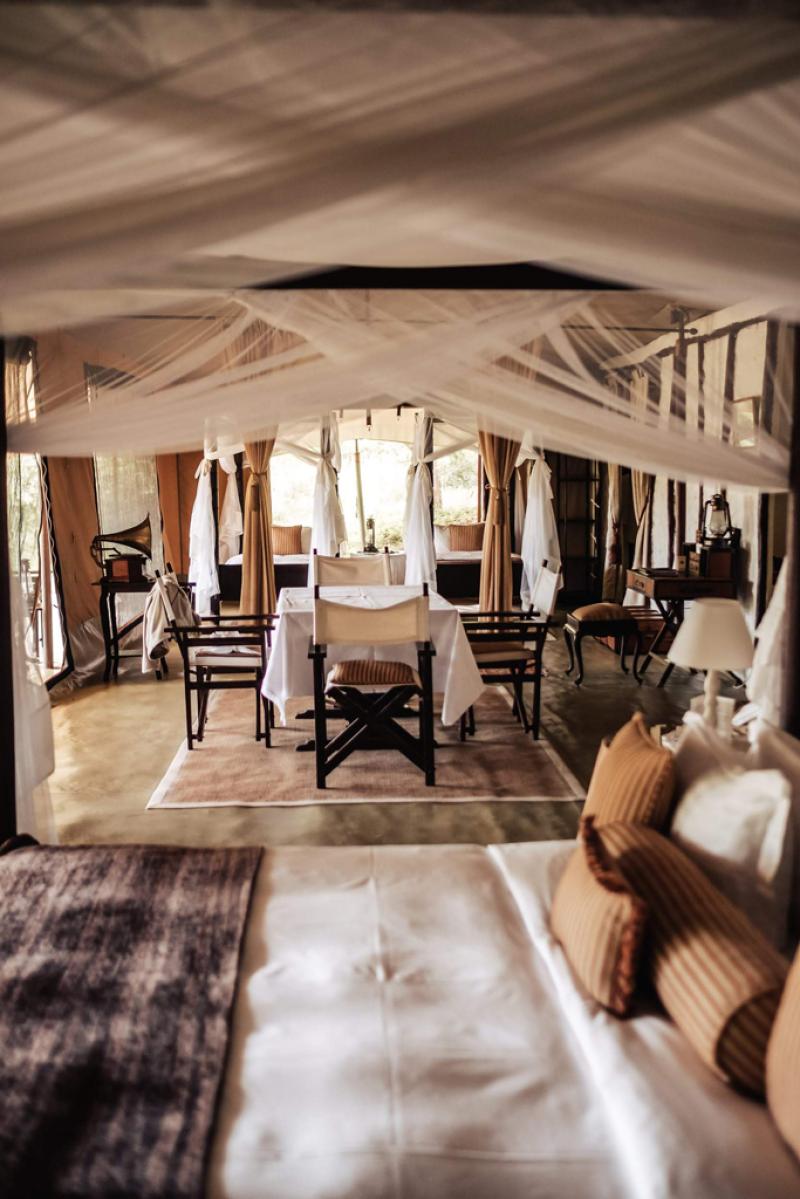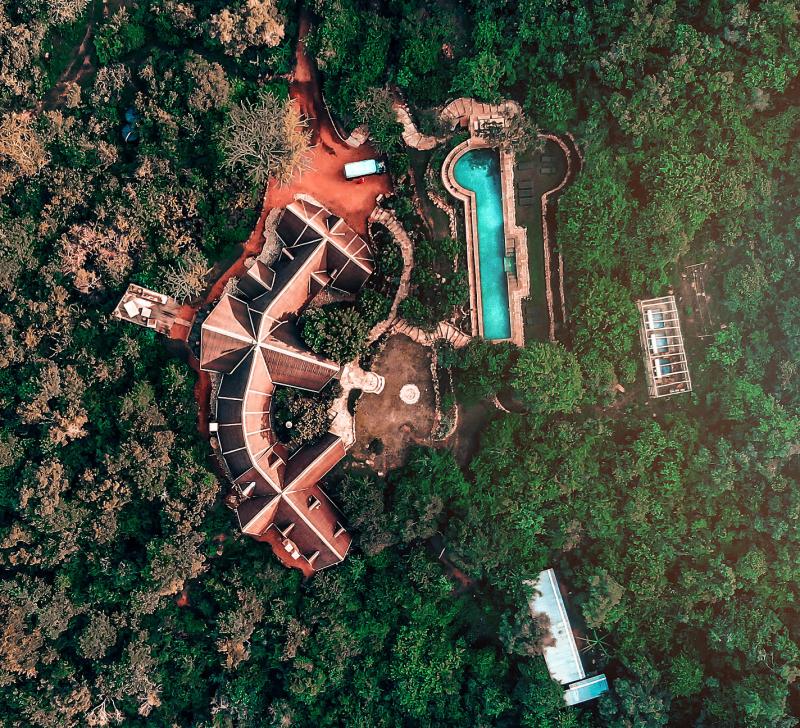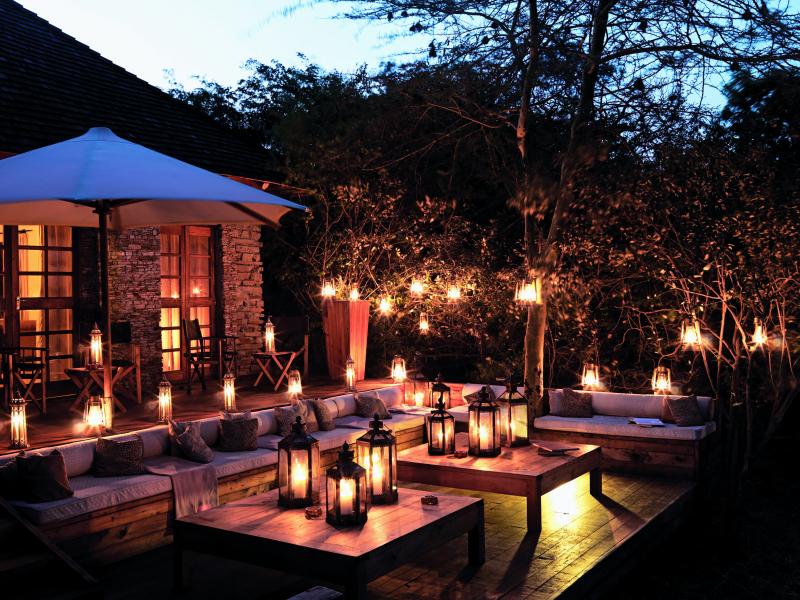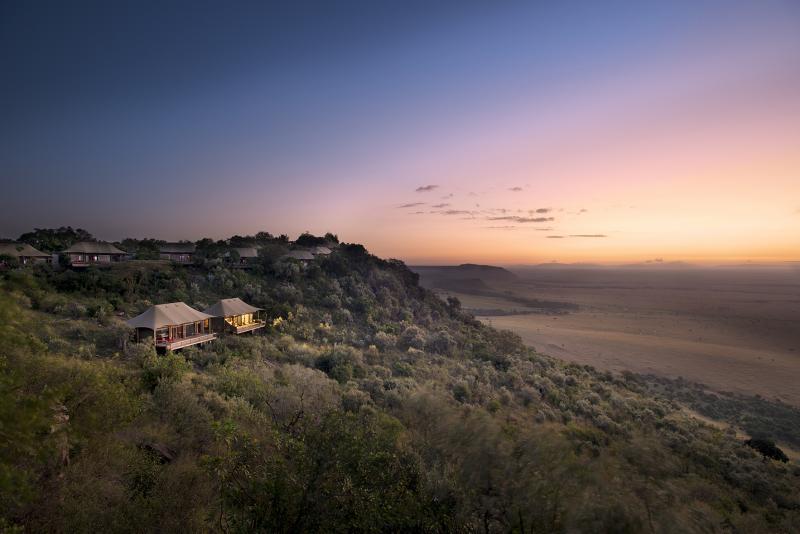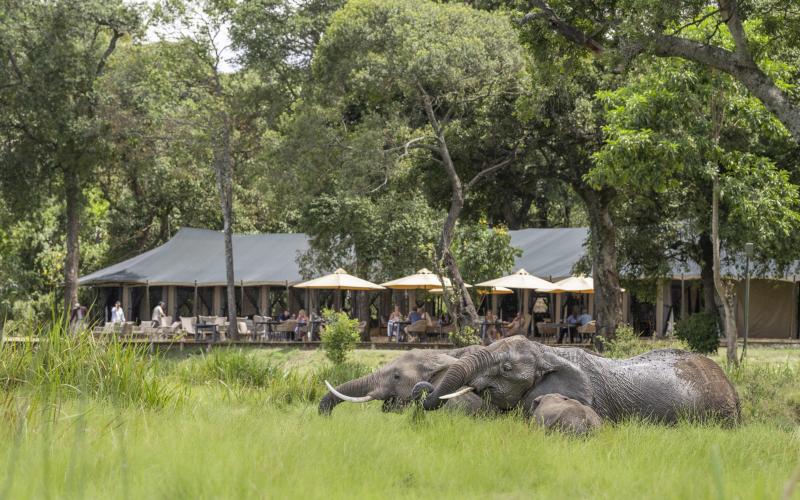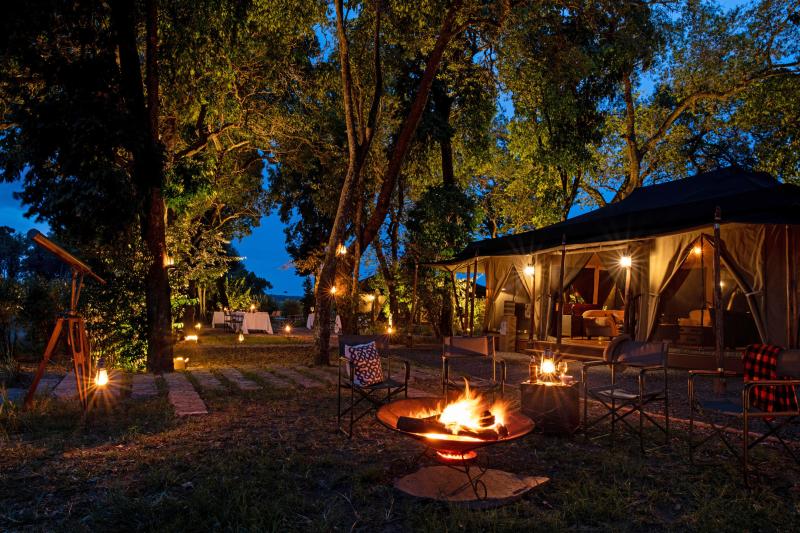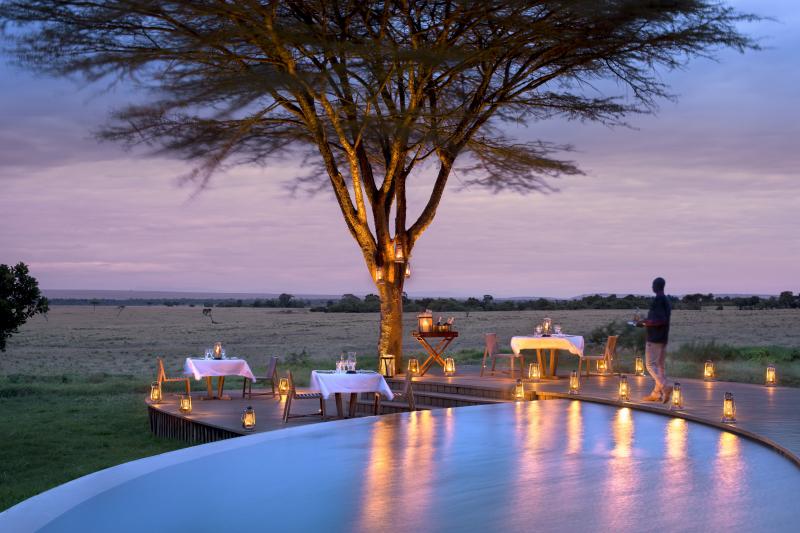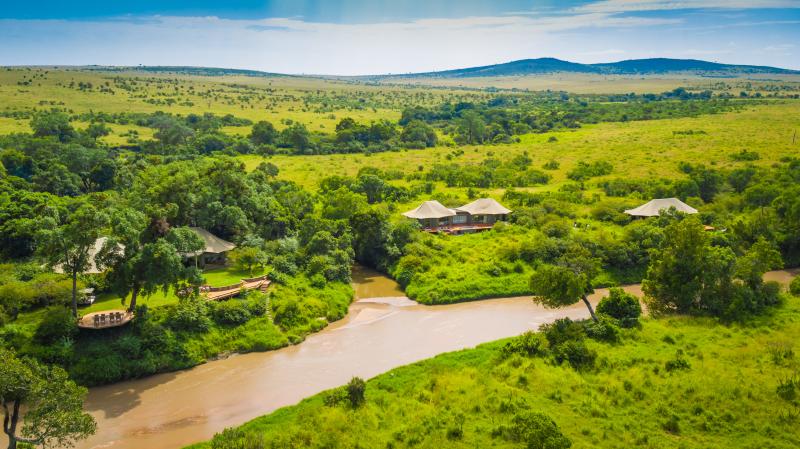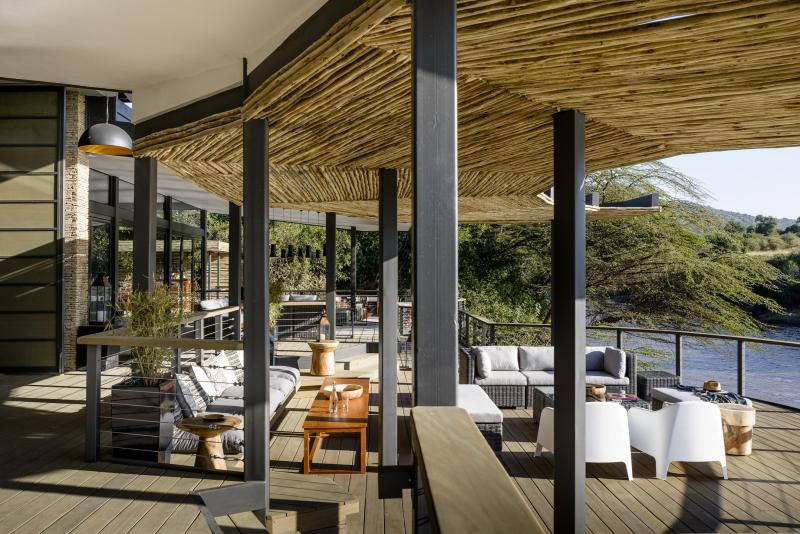Home to a huge diversity of wildlife and a setting for the Great Migration, the Masai Mara National Reserve is one of East Africa’s top safari destinations. But did you know that there are several conservancies surrounding the reserve that offer equally impressive wildlife viewing without the crowds?
In this article, discover what a conservancy is and how it is transforming wildlife conservation in East Africa. We’ll share with you some of the top conservancies surrounding the Masai Mara and the exclusive experiences they offer to help you plan your next Kenya safari.
What is a conservancy?
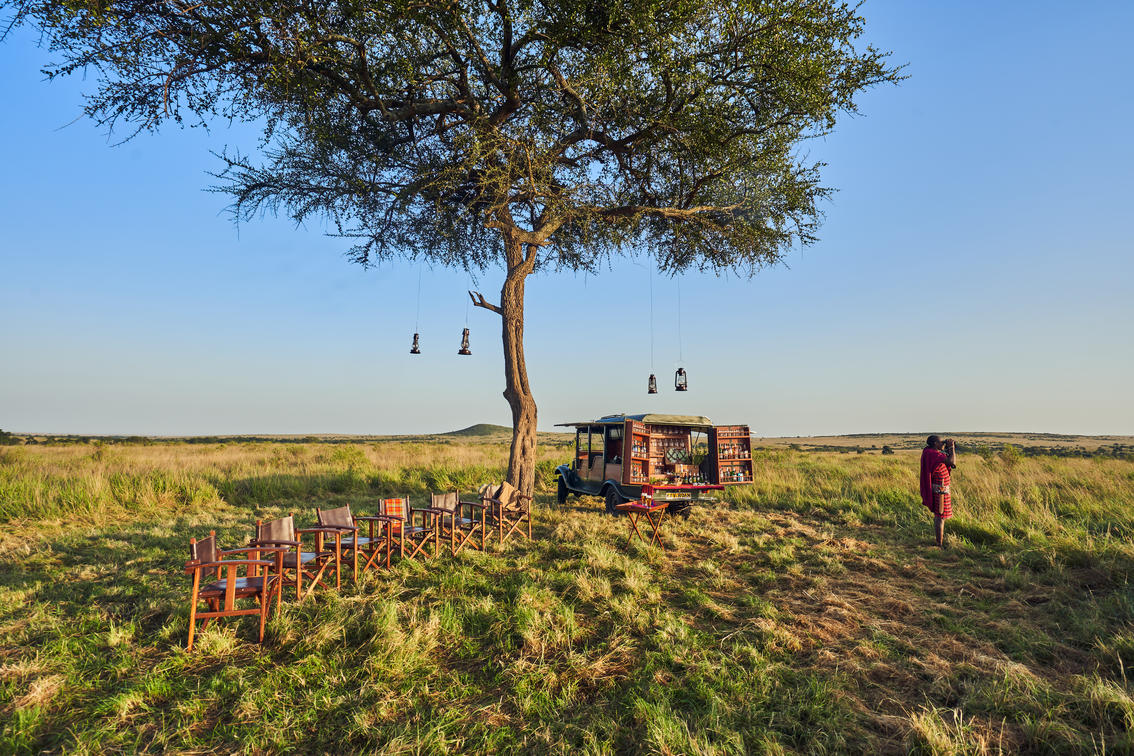
 While the Masai Mara National Reserve is operated by the Narok County Council, its surrounding conservancies are managed by a group of owners for the purpose of wildlife conservation. Before the establishment of the conservancies, the land surrounding the Masai Mara National Reserve was used for cattle grazing and agriculture, which impacted wildlife corridors and migration routes. Essentially, the conservancies have extended the land that is protected for native flora and fauna while bringing economic and social benefits to the communities.
While the Masai Mara National Reserve is operated by the Narok County Council, its surrounding conservancies are managed by a group of owners for the purpose of wildlife conservation. Before the establishment of the conservancies, the land surrounding the Masai Mara National Reserve was used for cattle grazing and agriculture, which impacted wildlife corridors and migration routes. Essentially, the conservancies have extended the land that is protected for native flora and fauna while bringing economic and social benefits to the communities.
Many of the Masai Mara’s conservancies are managed jointly by groups of Maasai landowners and safari camps, with an approach that balances wildlife management with community benefits. While each agreement is different, most include designated zones that cannot be used for cattle grazing and agriculture, allowing native flora to reestablish itself and providing safe corridors for wildlife.
Not only do the Masai Mara conservancies offer advantages to landowners, local communities and wildlife but also the safari guests who choose to stay here. The conservancies are not restricted to the activities permitted within the Masai Mara National Reserve, with many offering night game drives, off-road safaris and guided walks. The number of guests that can stay in each conservancy is also heavily limited, so you are less likely to encounter lots of other safari vehicles during game drives. Additionally, most of the lodges and camps in the conservancies offer game drives within the Masai Mara National Reserve, so you get the best of both worlds.
By staying within one of the Masai Mara conservancies, you’re supporting local community initiatives focused on healthcare, education and women’s empowerment. Many of the staff working at the lodges and camps are from the local area or are part of Masai tribes who own the land. By dedicating their land to wildlife conservation, these communities are preventing it from being exploited by logging, mining and charcoal production, as well as enabling sustainable grazing to continue.
Mara North Conservancy

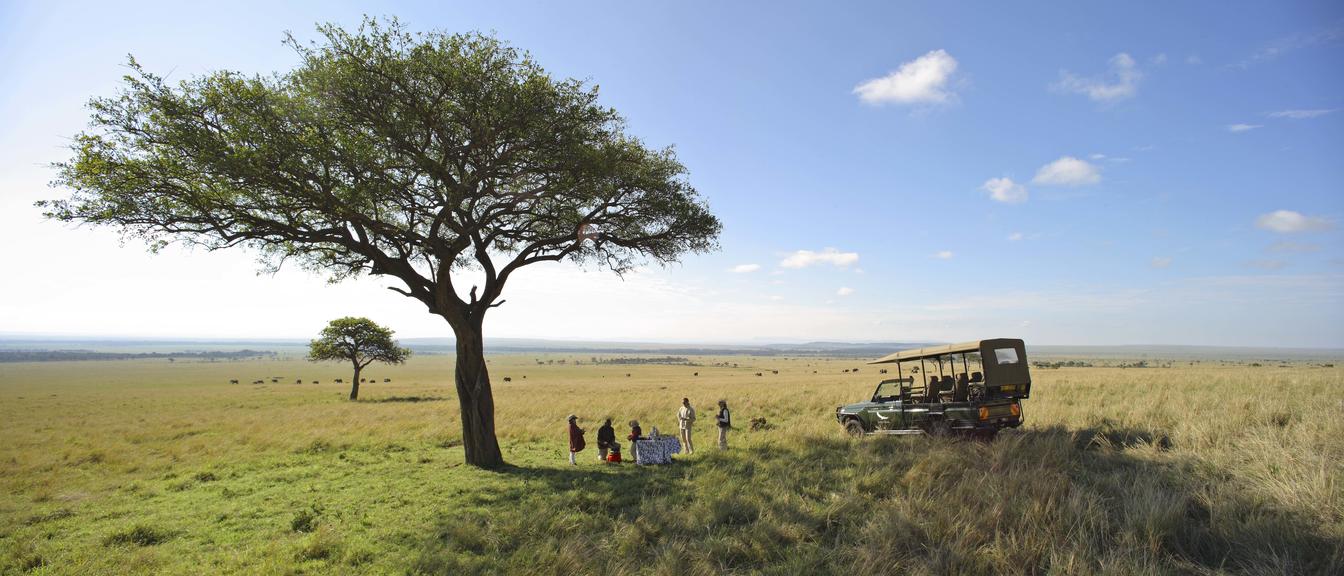 Nestled on the northern edge of the Masai Mara National Reserve, this famous conservancy is one of the area’s most densely populated in terms of wildlife. It plays an important role in safeguarding the reserve’s resident and migratory species, as well as its floral diversity.
Nestled on the northern edge of the Masai Mara National Reserve, this famous conservancy is one of the area’s most densely populated in terms of wildlife. It plays an important role in safeguarding the reserve’s resident and migratory species, as well as its floral diversity.
Not only does the conservancy support large numbers of predators and the “Big 5” but also huge herds of wildebeests and zebras, which travel through the area during the Great Migration. It was here that the BBC’s “Big Cat Diary” series was filmed and the Lemek Hills provide an important refuge for African wild dogs.
Sprawling across 74,000 acres, Mara North was established in 2009 as a collaboration between 12 accommodations and 800 Maasai landowners. Its limited number of guests (the conservancy has just 100 rooms available) ensures an exclusive and intimate experience. In addition, it permits night game drives and bush walks that are not allowed inside the Masai Mara National Reserve.
Camps that form part of Mara North Conservancy include Saruni Mara, Karen Blixen Camp and Royal Mara Safari Lodge, as well as Ngare Serian and the Mara Acacia Bush House.
Where to Stay Mara North Conservancy
Mara Naboisho Conservancy
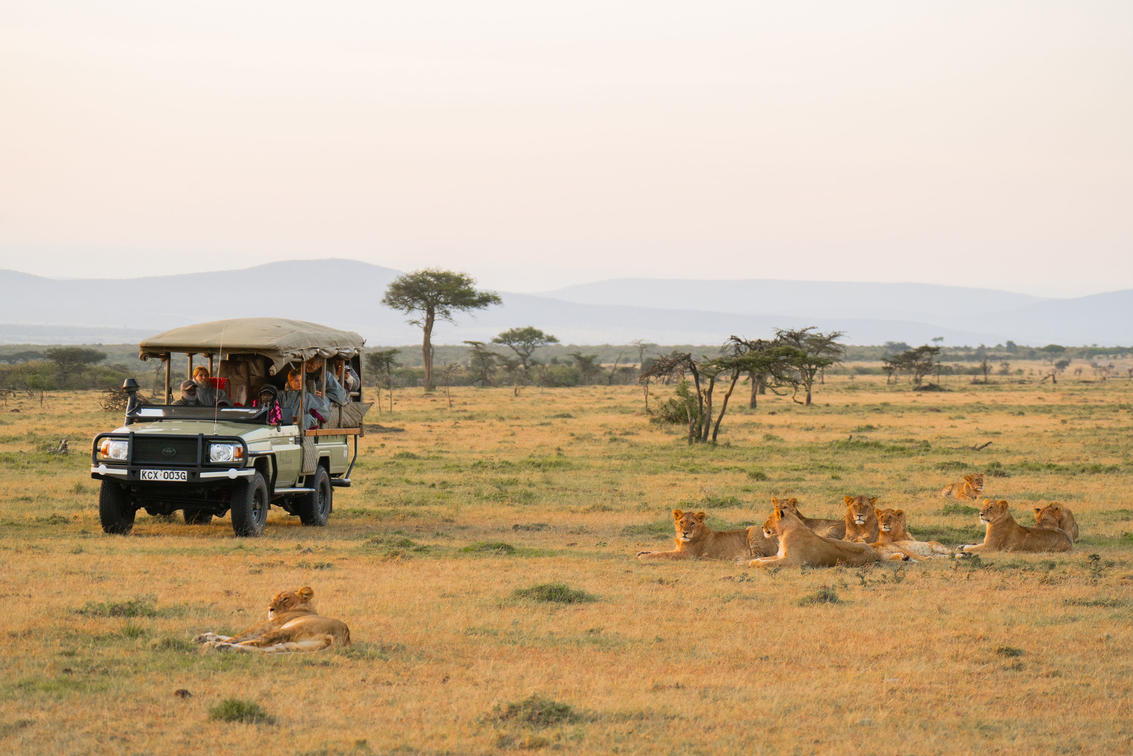
 Bordering the reserve’s northeast is the Mara Naboisho Conservancy, which is the second-largest conservancy in the area. It was established in 2010 by a group of 425 Maasai landowners and encompasses 50,000 acres that provide a buffer zone for the Masai Mara National Reserve.
Bordering the reserve’s northeast is the Mara Naboisho Conservancy, which is the second-largest conservancy in the area. It was established in 2010 by a group of 425 Maasai landowners and encompasses 50,000 acres that provide a buffer zone for the Masai Mara National Reserve.
The Mara Naboisho Conservancy is an important migration corridor for elephants, giraffes and zebras, as well as big cats such as lions, cheetahs and leopards. It also provides habitat for a number of rare species, such as caracals, serval cats and honey badgers. While wildlife conservation is at the fore of its operations, the conservancy also allows controlled grazing for cattle to support the livelihoods of the Maasai people.
By staying at one of the Mara Naboisho Conservancy camps, you’ll be helping to fund a range of community projects. There are only 50 rooms available within its bounds to ensure an exclusive experience, with member accommodations including Naboisho Camp, Encounter Mara and Ol Seki Mara Camp.
Where to Stay Mara Naboisho Conservancy
Olderkesi Conservancy
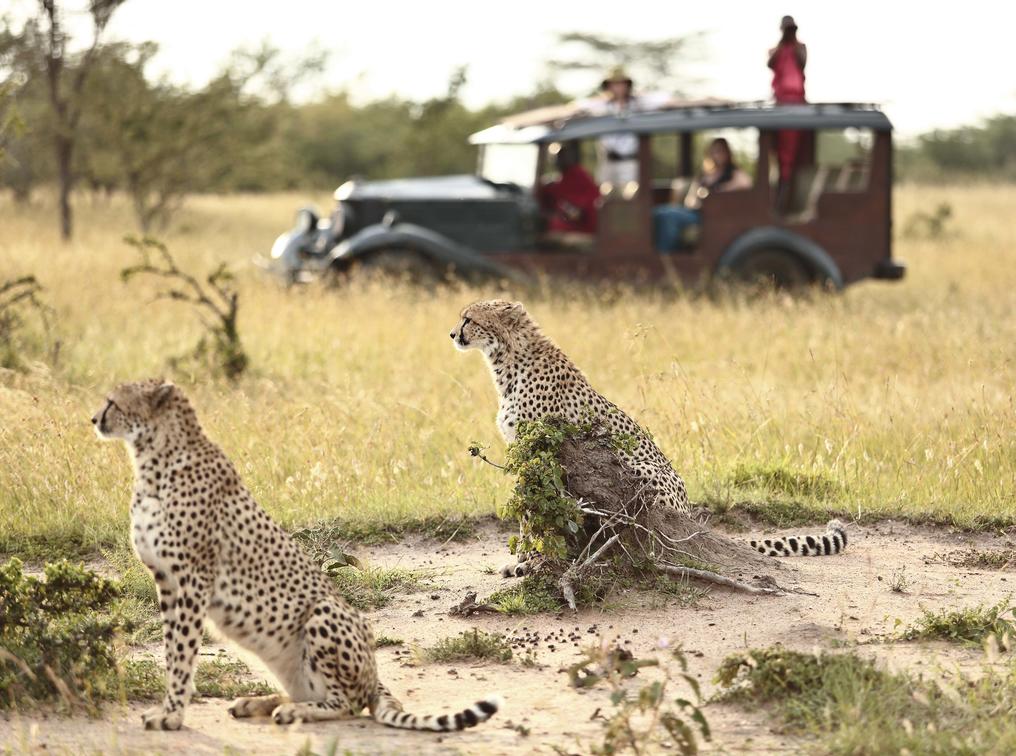

Nestled between the Masai Mara National Reserve and the Loita Hills is the Olderkesi Conservancy, which is one of the area’s most exclusive and remote conservancies. It was established with the help of the Cottars Wildlife Conservation Trust, which runs the Cottar’s 1920s Camp here. Together with Cottar’s Private Homestead and the Enkewa Mara Camp, there are just 20 rooms available to guests.
The Olderkesi Conservancy is renowned for its elephants, giraffes and big cats, including lions, leopards and cheetahs. While African wild dogs and rhinos have also been spotted here, they are more elusive. The Great Migration also brings huge numbers of wildebeests and zebras through the area between July and October.
The Olderkesi Conservancy has been set up to combine habitat and wildlife protection with social and economic benefits for the local Maasai communities. In exchange for no longer grazing their cattle within the area, the tribes receive income to support community projects that include improving healthcare and education opportunities.
Where to Stay Olderkesi Conservancy
Siana Conservancy
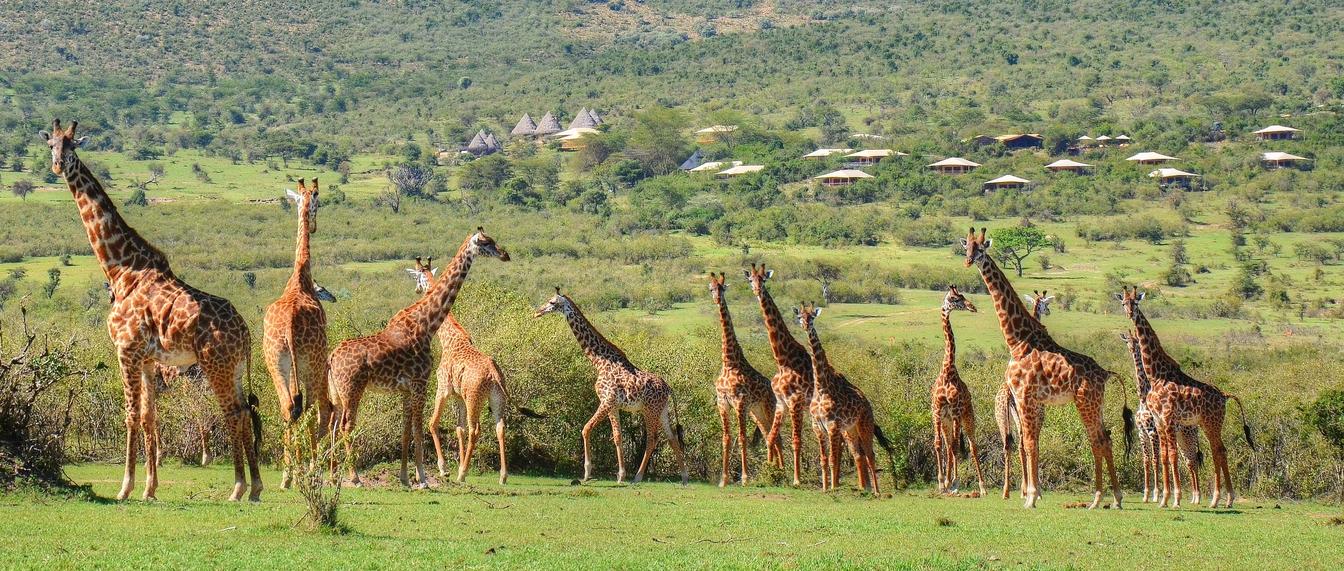
 Located to the east of the Masai Mara is the 29,000-acre Siana Conservancy, which provides an ecologically important buffer zone for the National Reserve. While it doesn’t operate on the scale of some of the other Masai Mara conservancies, it is regularly monitored by scouts and rangers to ensure it is meeting its conservation goals.
Located to the east of the Masai Mara is the 29,000-acre Siana Conservancy, which provides an ecologically important buffer zone for the National Reserve. While it doesn’t operate on the scale of some of the other Masai Mara conservancies, it is regularly monitored by scouts and rangers to ensure it is meeting its conservation goals.
In addition to giraffes, buffalos and elephants, the Siana Conservancy provides an important habitat for gazelles, hartebeests and dik-diks. It is also on the path of the wildebeests and zebras that migrate through the area between July and October. All of this wildlife activity attracts predatory cats, including lions, cheetahs and leopards.
The Siana Conservancy supports the work of a number of research projects, including the Mara Predator Hub and Elephant Voices. Currently, it is home to Leleshwa Camp, Mara Bushtops and the Siana Springs Tented Camp, with a future goal of having a maximum of 115 rooms available to guests.
Ol Kinyei Conservancy
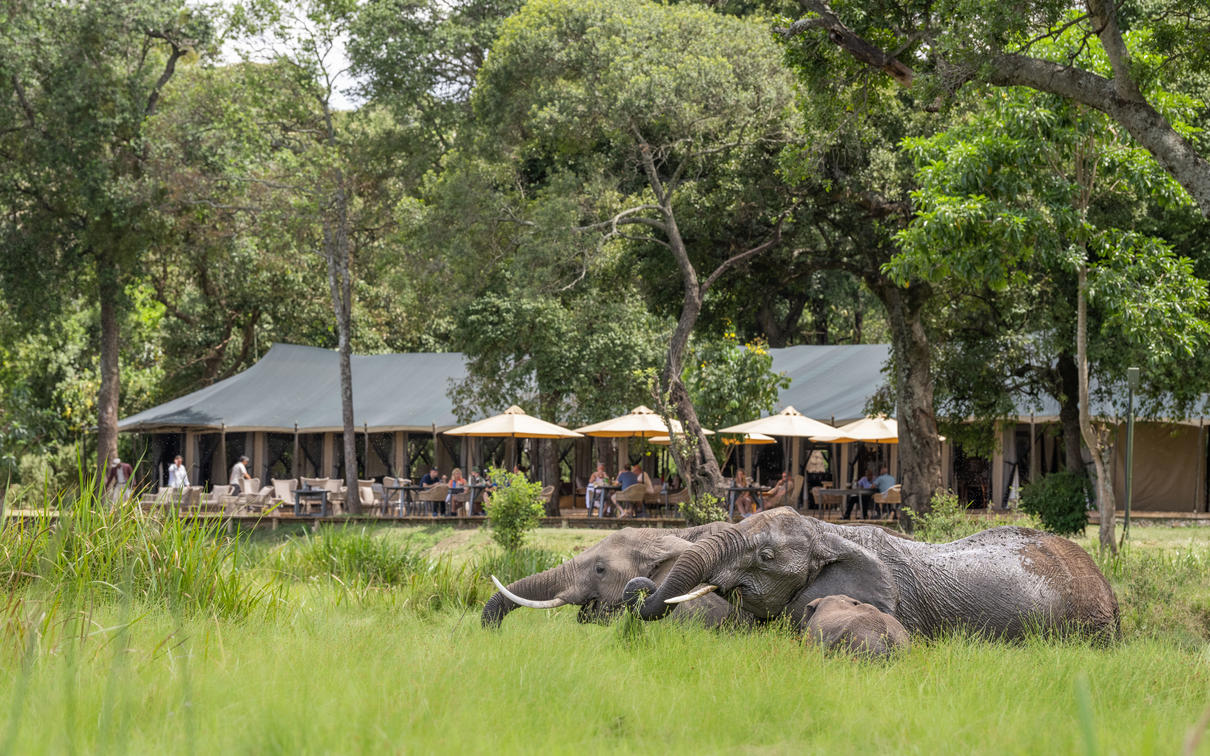
 Founded in 2005 by a group of 171 Maasai landowners and Porini Safari Camps, Ol Kinyei has since doubled in size to include 18,700 acres. Livestock exclusion zones have been put in place to protect the area’s natural habitat and support wildlife conservation. Since its establishment, wildlife diversity has increased in the area and native floral species have been allowed to thrive.
Founded in 2005 by a group of 171 Maasai landowners and Porini Safari Camps, Ol Kinyei has since doubled in size to include 18,700 acres. Livestock exclusion zones have been put in place to protect the area’s natural habitat and support wildlife conservation. Since its establishment, wildlife diversity has increased in the area and native floral species have been allowed to thrive.
Ol Kinyei encompasses rolling hills, deep ravines and vast savannahs that support a diversity of big-game species. It’s a great place for spotting elephants, cheetahs and giraffes, as well as the wildebeest and zebra herds of the Great Migration. The conservancy also boasts one of the highest densities of lions in Kenya and more than 330 bird species have been recorded within its bounds.
Not only do landowners receive payment for leasing their land to Ol Kinyei’s camps but around 90% of the staff are members of local tribes. There are only 15 rooms available across Porini Mara Camp and Ol Kinyei Gamewatchers Adventure Camp, so the safari experiences here are exclusive, to say the least.
Our recommended Lodges and camps in Masai Mara National Reserve
Olare Motorogi Conservancy
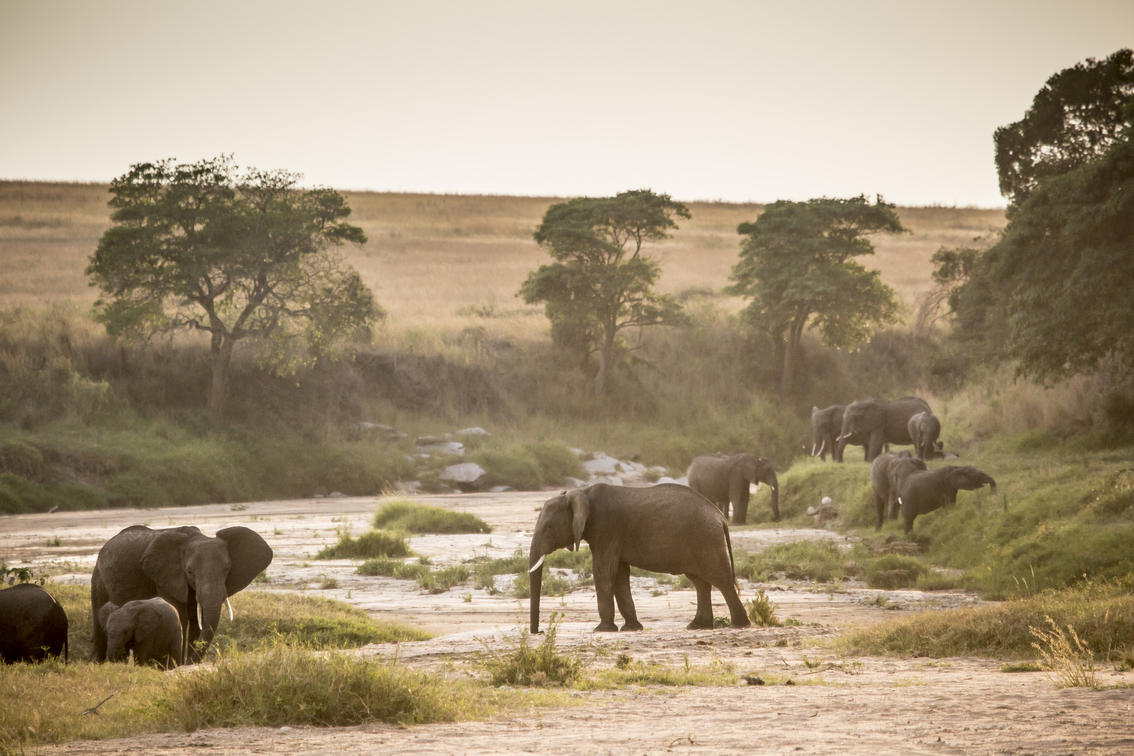
 Olare Motorogi was established in 2006 with the merging of two sub-conservancies (Olare Orok and Motorogi), with a total of 35,000 acres of land set aside by the Maasai people. The conservancy encompasses several riverine valleys and their associated forests, as well as the 12-kilometre-long escarpment of Ntiakitiak Gorge. Nestled just below are woodlands of ecological significance that provide important habitat for Masai Mara fauna.
Olare Motorogi was established in 2006 with the merging of two sub-conservancies (Olare Orok and Motorogi), with a total of 35,000 acres of land set aside by the Maasai people. The conservancy encompasses several riverine valleys and their associated forests, as well as the 12-kilometre-long escarpment of Ntiakitiak Gorge. Nestled just below are woodlands of ecological significance that provide important habitat for Masai Mara fauna.
Since its establishment, the Olare Motorogi Conservancy’s wildlife populations and diversity have increased, with a good balance between herbivores and predators. Giraffes, wildebeests and zebras are abundant in the conservancy and it also provide habitat for endangered species such as African wild dogs and rhinos.
Olare Motorogi Conservancy has just six accommodations available, with 52 rooms in total. These include Mara Plains Camp, Mara Expedition Camp and Mahali Mzuri, as well as Kicheche Bush Camp, Porini Lion Camp and Olare Mara Kempinski. While controlled livestock grazing is still possible within the area, wheat farming is no longer permitted.
Our recommended Lodges and Camps in Masai Mara National Reserve
Ready to Begin Crafting Your African Safari?
Get in touch with one of our Africa Safari Specialists to craft a personalized itinerary tailored to your unique travel preferences:
Help Me Plan

 1-321-766-6821
1-321-766-6821 
